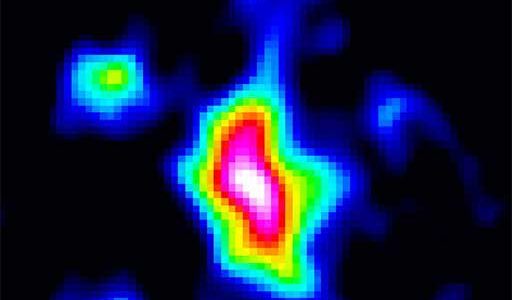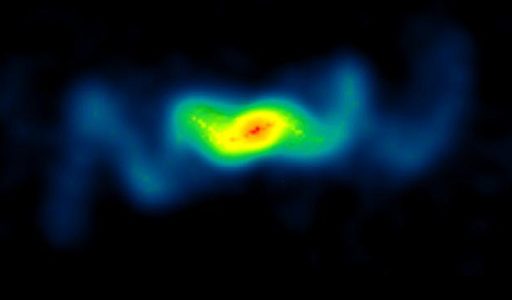Latest NRAO News
News is managed by NRAO News & Public Information. Questions about News? Have a story to share? Want to interview a scientist or create new media about our telescopes?

When the European Space Agency’s Huygens spacecraft makes its plunge into the atmosphere of Saturn’s moon Titan on January 14, radio telescopes of the National Science Foundation’s National Radio Astronomy Observatory will help international teams of scientists extract the maximum possible amount of irreplaceable information from an experiment unique in human history.

Astronomers using the National Science Foundation’s Very Large Array radio telescope to study the most distant known quasar have found a tantalizing clue that may answer a longstanding cosmic chicken-and-egg question.

Making an extra effort to image a faint, gigantic corkscrew traced by fast protons and electrons shot out from a mysterious microquasar paid off for a pair of astrophysicists who gained new insights into the beast’s inner workings and also resolved a longstanding dispute over the object’s distance.

Astronomers using the National Science Foundation’s Very Large Array have overcome longstanding technical hurdles to map the sky at little-explored radio frequencies that may provide a tantalizing look deep into the early Universe.

Astronomers using the National Science Foundation’s giant Green Bank Telescope have discovered a frigid reservoir of simple sugar molecules in a cloud of gas and dust some 26,000 light-years away, near the center of our Milky Way Galaxy.

Astronomers studying data from the National Science Foundation’s Very Long Baseline Array and other telescopes have concluded that a binary pair of stars forming an energetic microquasar was blasted out of the cluster in which it was born by a supernova.





